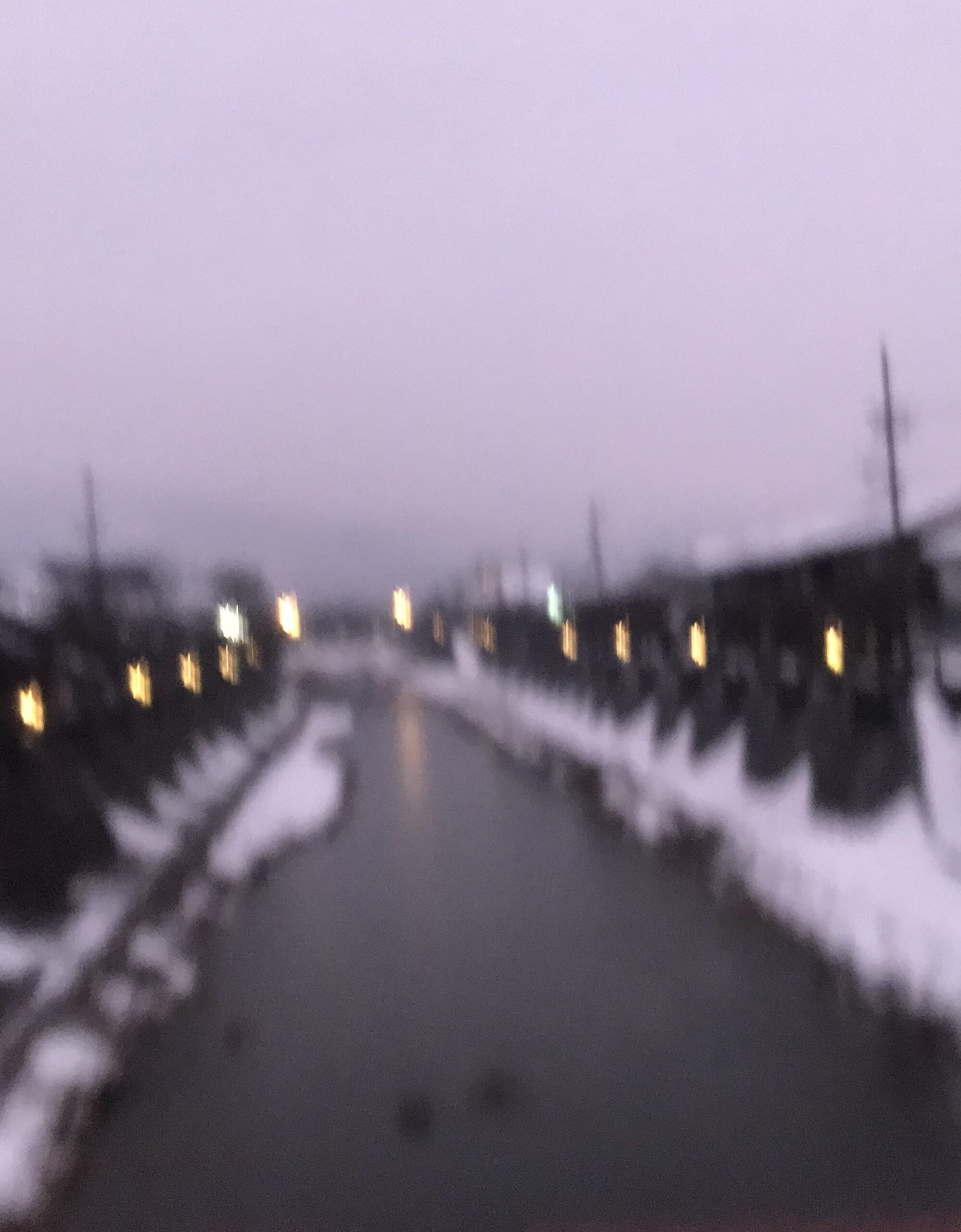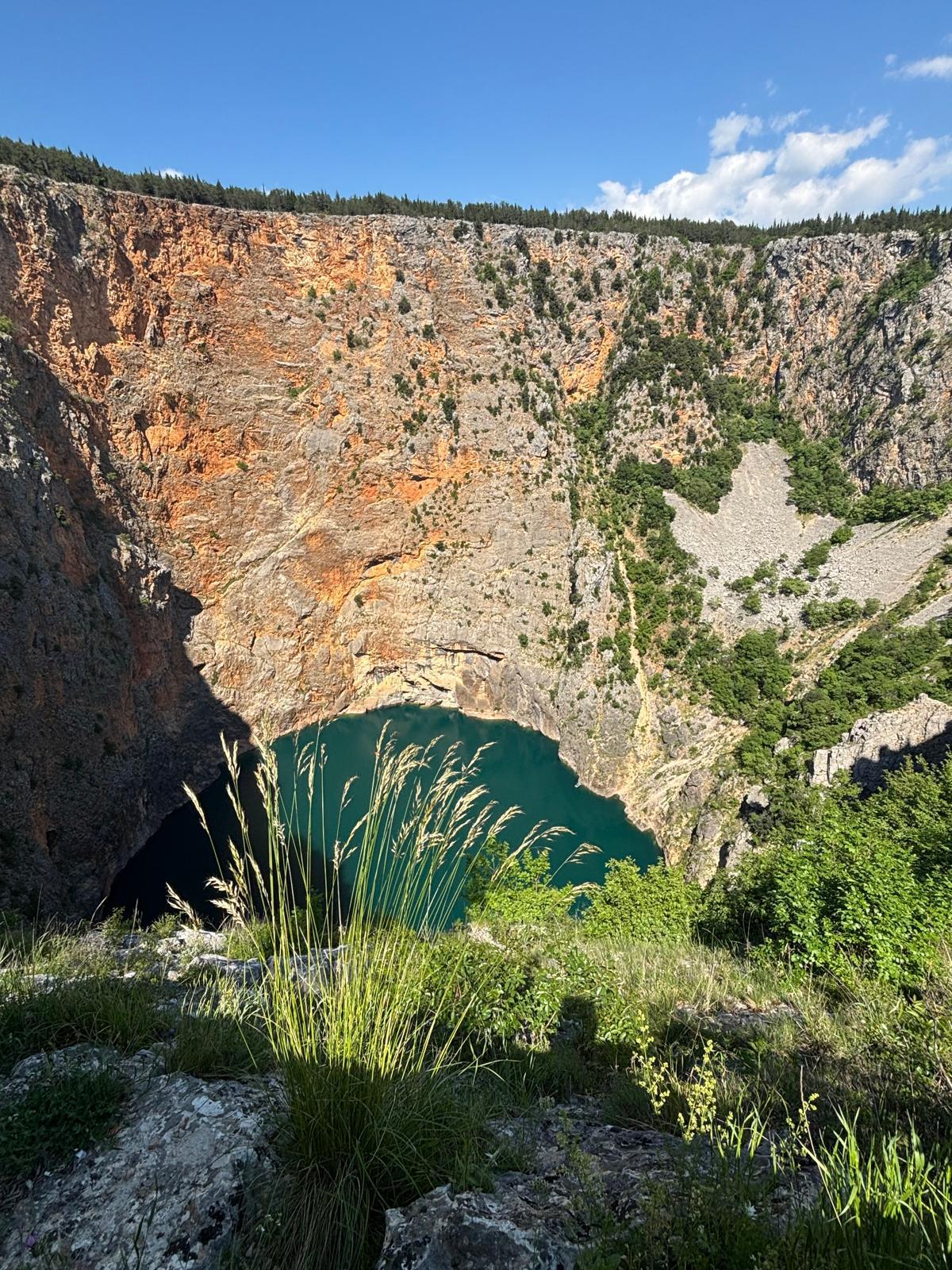By KAREN KAO

The road to Amsterdam
Our plan was always to go home to Amsterdam at the end of March. By then, we will have been on the road for 200 days. But now home is the new coronavirus epicenter. The projections are that the Netherlands will follow the pattern set by Italy. With only so many hospital beds, respirators and medical staff, Dutch doctors will have to triage. They will treat the younger patients with a higher chance of survival. The others are on their own.
We have no good choices. Staying on the road presents its own dangers. Hotels are vectors for infection. So are restaurants and public transportation for so long as they stay open. We could hunker down in an AirBnB. But who will tell us when the lockdown begins or ends?
*
When news of the coronavirus first broke, we were halfway through a seven month round-the-world trip. The list of affected countries was an almost perfect match for where we’d been: Taiwan, Vietnam, Cambodia, South Korea and Japan.
I think of the tuktuk driver who took us to see the wonders of Angkor Wat. The sidewalk restaurants in Vietnam and the Japanese innkeepers along the Nakasendo. All of them depend on tourism to survive. Some governments have the resources to help their citizens through these times. Other governments cannot or will not help.
*
In New Zealand, when my husband was diagnosed with pneumonia, coronavirus was the first thing the doctors checked. Luckily, my husband had contracted a garden variety bacteria. Even luckier still: the day he was released from Auckland City Hospital, the first presumptive coronavirus case was admitted.
The South Island of New Zealand is normally packed with Chinese tourists. In Kaikoura, the Mandarin language whale watching tours are cancelled. We get to extend our AirBnB stay for free, now that the next group (Chinese) have cancelled their trip.
Initially, these seem like good things to us. But then China goes into lockdown. Borders close. Coronavirus starts being called the Chinese virus, the Wuhan virus. As racism rises, we move on to Australia.
In a Melbourne children’s hospital, parents refuse to let Asian physicians treat their kids. Australians stop eating in Chinatown. In one of the Melbourne laneways known for its street art, locals erect a memorial to the whistleblower Dr. Li Wenliang, who died the month before from coronavirus. The few Chinese tourists still in town glance at the flyers and shrug.
On Bruny Island, February is the peak season for Southern rock lobster and China is the prime market. This year, Chinese demand is nonexistent and Tasmanian fishermen can no longer afford to go to sea. And since the same boats that fish the rock lobster also catch the squid, both disappear from the menu.
Try as we might, there is no escaping coronavirus. Few Australians wear face masks but that doesn’t mean they’re immune to panic buying. The little grocery store in Swansea sells out of toilet paper, hand sanitizer, and alcohol wipes. In the two weeks we’re in the country, Australian policy suddenly morphs from “no worries” to “quarantine all overseas visitors.”
Tasmania is verdant, pristine, and practically empty. My brother-in-law, now in lockdown in Milan, urges us to stay put. My children tell me to go back to New Zealand. Or, since the Chinese have all but conquered the disease, to fly on to China as a means of swimming behind the wave before it crashes on to our heads.
*
This is not the way I imagined our trip ending. I thought we’d have a nice family dinner with my kids around the table. My husband and I would hand out our presents to family and friends and tell them our tales. My agenda would fill up and we would be part of a community once more, rather than the outsiders we’ve been for the past seven months.
Instead, I’ve been told to expect deserted streets and a city gone silent but for the sound of ambulances. Will the milkman and the shoemaker survive this lockdown? What about the bars and cafes that dot our neighborhood? In any event, it looks like we’ll be avoiding our children for the foreseeable future.
After all the agonizing over whether to go or to stay, I’m realizing now that home isn’t a geographical location. It’s the community where I belong. Until my community recovers, I’ll still be on the road going home.
Karen Kao is the author of The Dancing Girl and the Turtle, the first of four interlocking novels set in Shanghai. She is a nominee for the Pushcart Prize, VERA, and Best of the Net.
Photo by author.




